Øystein Gullvåg Holter began his career as a researcher at the Work Research Institute AFI in 1980. He earned his doctorate at the University of Oslo in 1997, and only two years later, he was considered qualified for professorship. In 2006, Holter took up the position as head of research at the Nordic Institute for Gender Research (NIKK), and in 2008 he was appointed professor at the Center for Gender Research (STK) at the University of Oslo. The position at STK was, for the first three years, allocated specifically to research on men, masculinity and gender equality, followed by an ordinary professorship.
Read about Norges første mannsprofessor [Norway's first professor in gender equality and masculinity research].
How does it feel to become an emeritus?
It is a little too early to say. But so far it is OK. I am still curious and will continue to be professionally active.
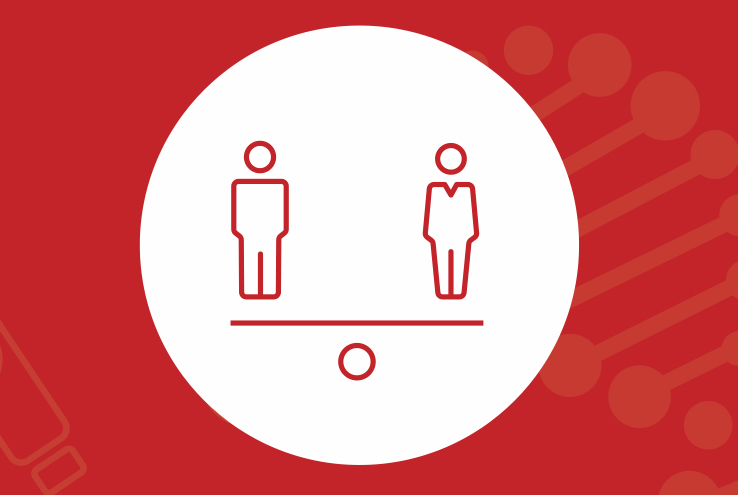 What are you working on today?
What are you working on today?
I am currently working on issues of gender, masculinity and social inequality in academia, on the new Front-project (Future research and organizational development in natural sciences, technology and theology), which is an NFR-funded collaborative project that includes the Center for Gender Research. The project follows up on the first Front-project (Female researchers on track), which focused on women. Now we also include men and masculinities more clearly. The goal is cultural and organizational change, with an emphasis on improved gender balance and fair recruitment in academia. I am working on a book based on this material.
Read more about Female researchers on track (FRONT1). Read also about Future Research- and Organizational development in Natural sciences, Technology and Theology (FRONT2).
I am a member of the Committee for Gender Balance and Diversity in Research (KIF), which, among others, work to illuminate and reduce problematic working conditions in academia, such as harassment and unwanted sexual attention.
I am also working on an article on role theory. It is intended as a kind of revenge for sociology, and it is based on what I understand as misguided criticism: Gender scholars who criticize role theory often reference 'harmonious' role theory, associated with, among others, Talcott Parsons, and completely overlook more conflict-oriented and feminist gender role theory.
 What about your past research?
What about your past research?
I sometimes get inquiries from journalists who want to talk to 'mannsforskeren [the men and masculinity researcher] Holter', and it is true that I have worked extensively on the topic of men and masculinities - but I have done other things as well. It began with a master's thesis in sociology, Kjønnsmarkedet [The gender market] (1980), which later became the book Sjekking: Kjærlighet og kjønnsmarked [Seduction: love and the gender market] (1981), and a historical article, Mannen som gave [The Male as a Gift. On Gender and Kinship Circulation in Early Antiquity] (1987).
Read about Kjærlighet og sjekking: Likestilt frihet eller tradisjonelt kjønnsmarked? [Love and seduction: Equal freedom or traditional gender market?]
My research has been empirically grounded, usually in multidisciplinary groups, and in many areas. I have interviewed men on oil platforms, unemployed men, men taking paternity leave, men with violence issues – and others. In 1988, I designed a survey for Mannsrolleutvalget [The male role committee], which showed that many men would consider taking paternity leave if they became fathers. This was novel at the time, and contributed to the committee's proposal on paternity leave was passed by Parliament in 1993.
I have not been very concerned with men as a group, nor about how men create hierarchies among themselves. My focus has largely been on men in conjunction with gender relations, and gender in conjunction with other kinds of social inequality. And I have devoted a lot of time to building up a research field.
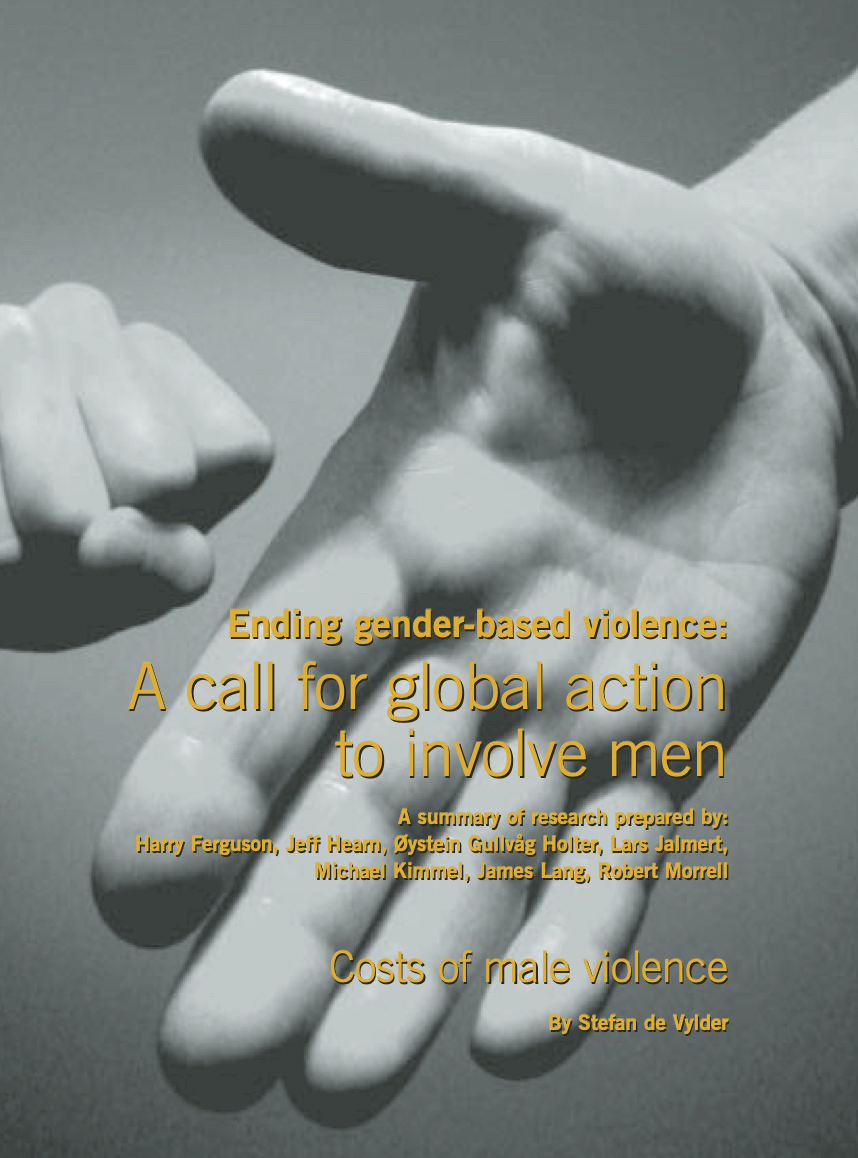 I signaled a desire to build up new research, through voluntary research networks, and received significant approval for it. I didn't reinvent neither gun powder nor the wheel, but contributed to more cooperation in a field that needed development. I have also enjoyed international cooperation:
I signaled a desire to build up new research, through voluntary research networks, and received significant approval for it. I didn't reinvent neither gun powder nor the wheel, but contributed to more cooperation in a field that needed development. I have also enjoyed international cooperation:
In 1989, I took the initiative to start the Nettverk for forskning om menn [Network for research on men], which later contributed to both Nordic and international networks. This laid the foundation for more cooperation in a new field, including through the Nordic project Velferd, maskulinitet og sosial innovasjon [Welfare, masculinity and social Innovation], and EU projects such as Work changes gender (6 countries) and The role of men in gender equality (13 countries).
 In 2007, I led the work on the Norwegian survey Likestilling og livskvalitet [Gender equality and quality of life], which contributed to an international survey on men and gender equality (IMAGES) which has now been conducted in almost 40 countries. A continuation of this research model was developed in the Polish-Norwegian project Gender equality and quality of life in 2017, including a blueprint for a larger European survey.
In 2007, I led the work on the Norwegian survey Likestilling og livskvalitet [Gender equality and quality of life], which contributed to an international survey on men and gender equality (IMAGES) which has now been conducted in almost 40 countries. A continuation of this research model was developed in the Polish-Norwegian project Gender equality and quality of life in 2017, including a blueprint for a larger European survey.
Can you say a few more words about your role ahead of the Norwegian governments decision on paternity leave?
I was not involved in the political process. I contributed by designing a survey for the committee, as a researcher. We asked if men would commit to gender equality by taking greater part in the care for family and children. This was exciting work. I remember well how happy we were when the results came. The answer was a definite YES. This has also been confirmed in the decades that followed. In fact, men have followed up, to a much greater extent than many had expected.
There is no doubt that paternity leave and gender balance in care for family and children are key contributors to achieving gender equality. I feel privileged to have been part of the process towards this goal.
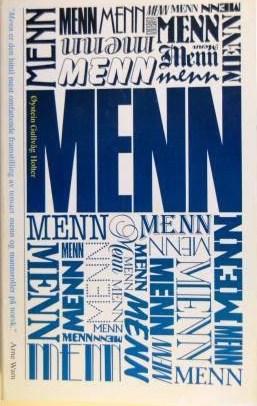 What has shaped you as a researcher?
What has shaped you as a researcher?
When I started my career in the 1980s, my views were partially explained by who my mother was: 'No wonder he is like he is, with Harriet Holter as a mother'. This somehow explained why I was oriented towards feminism and gender equality. I was perceived of as different from 'ordinary' men, what even feminists at the time termed the 'authentic' or 'natural' man. In the 1980s, The male role committee was ridiculed. Norway was called a 'nanny state' by the British press, and it was argued that the socialists threatened the natural gender order. So I was a bit of a deviant, like 'feminine' men or men who used paterniaty leave, before it became a common thing to do.
Read also Menn har også kjønn [Men also have gender].
What drives you? Is there a red thread?
Yes, definitely. But it is not men or gender as such. Social inequality is probably more accurate.
I am concerned with justice, of reducing reification as well as discrimination based on gender. But I am also concerned with other areas, such as welfare, health and innovation. And developing theory is an important impetus to me.
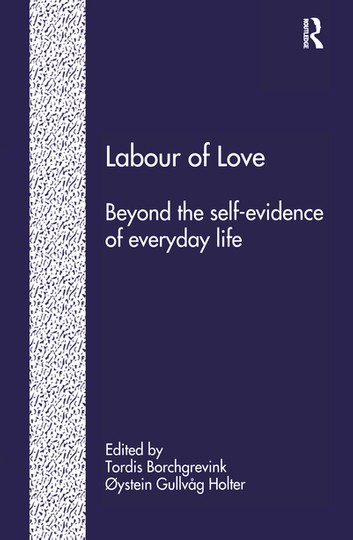 The starting point was critical and feminist theory, along with historical studies. I developed an analysis of gender as a reification or objectification, and extended that into what I called social form analysis in my doctoral dissertation Gender, Patriarchy and Capitalism – A Social Forms Analysis (1997).
The starting point was critical and feminist theory, along with historical studies. I developed an analysis of gender as a reification or objectification, and extended that into what I called social form analysis in my doctoral dissertation Gender, Patriarchy and Capitalism – A Social Forms Analysis (1997).
But of all materialist analyses of men and masculinity, the most original and far-reaching is the work of Holter (1995, 1997), unfortunately still little known outside of Scandinavia. … Holter’s ‘social forms analysis’ gives an account of gender, masculinity and femininity, as historically specific features of social life in modernity. They arise not from a timeless dichotomy of bodies but from the specific course of development of the large-scale structures of society (Connell 2000,21-22).
I like to develop models and theories, and to test them through empirical research. This includes theories that can explain the persistence of gender imbalance in academia, and theories of men and masculinities.
It is an important point in my research that gender equality constitutes an underlying but central dimension, which is not determined by gender alone.
People are more or less gender equal, and this distinctions cannot be reduced to which gender we belong to. It goes beyond gender. But at the same time, gender competition and conflict can be very real. Gender equality is not just a harmonious plus for all parties. There are situations where gender can be reminiscent of a 'zero sum game', where women win what men lose and vice versa, and where the notion of gender goes in the direction of 'gender classes' that are opposed to one another. Gender classes are present to some extent. They are 'real abstractions', not just imaginations. If you have a gendered society, you get a gendered result. But this is only part of the picture.
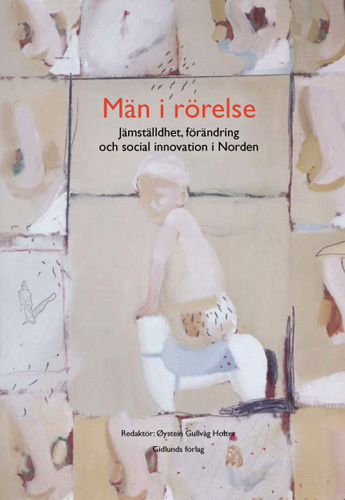 Can you elaborate?
Can you elaborate?
A first step was to move further into a concrete and feminist designed analysis of the political economy in relation to mate selection and partner choice. So, not just general statements about the feminine as 'use value' and the masculine as 'exchange value', which was the more common Marxist-feminists understanding at that time. There was a lot of debate and the debate climate was very critical, something I have described in an article about the domestic labor debate of the 1980s. The analysis of gender as a value form deepened the gender market analysis and was further confirmed by an empirical analysis I did based on a popular contact column. This contributed to another important theory article, Seksualitet og historie [Sexuality and History] (1982), which was early in appreciating Foucault and postmodern theory. I also wrote other theory articles, including one on oppression of women in the Soviet Union, and another an Marx and Engels as gendered theorists. This coincided with empirical studies, such as catering at the oil platforms in the Norwegian oil industry, and work and family in the technology culture.
Norwegian research understood gender equality from early on as a 'systemic problem', rather than an isolated 'women's problem'. This can be examplified by the book Patriarchy in a Welfare State (Harriet Holter 1984), which pointed out the relationship between production and reproduction as a materialistic principle for understanding female oppression.
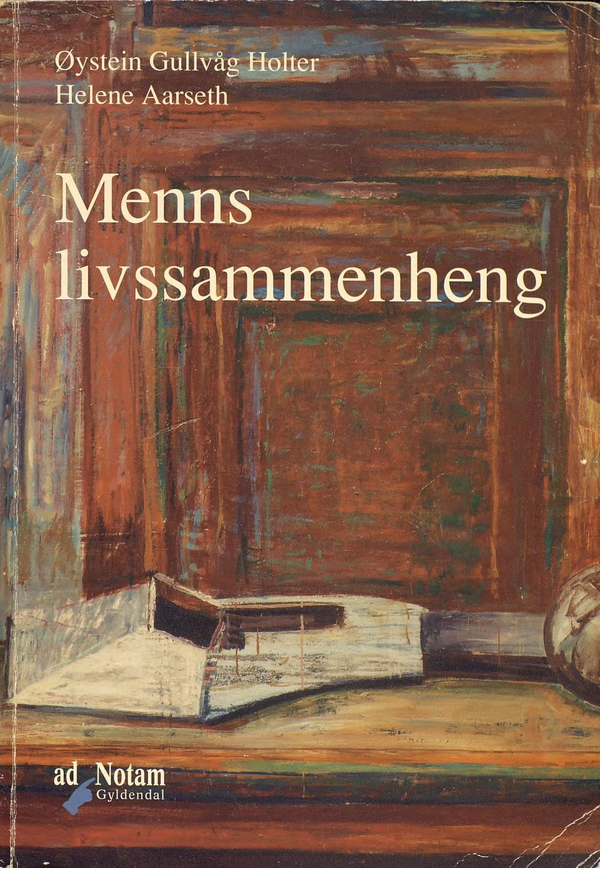 Back then, the way of thinking within critical theory and materialistic oriented feminism was along the line of: 'If you have understood something in economical terms, then you have really understood it.' The debate about gender oppression was heavily dominated by theory based on social class: No gender struggle without class struggle. My experiences from working life research, together with theory development and useful criticism from other researchers, including Elisabeth Furst, made me change my view. There is no 'general materialism' that always takes precedence. Culture, social valuation and economy are interwoven and can take different forms. Therefore, I am skeptical to abstract materialism or new materialism again coming into fashion. But after years with the linguistic turn, it is not surprising.
Back then, the way of thinking within critical theory and materialistic oriented feminism was along the line of: 'If you have understood something in economical terms, then you have really understood it.' The debate about gender oppression was heavily dominated by theory based on social class: No gender struggle without class struggle. My experiences from working life research, together with theory development and useful criticism from other researchers, including Elisabeth Furst, made me change my view. There is no 'general materialism' that always takes precedence. Culture, social valuation and economy are interwoven and can take different forms. Therefore, I am skeptical to abstract materialism or new materialism again coming into fashion. But after years with the linguistic turn, it is not surprising.
You are still an active researcher, and have lately been working on what you describe as the Janus model. Can you briefly describe it?
The model tries to decompose gender discrimination in today's academia. It is a bit like picking out the two most important elements of a stew. Or a kind of reverse programming, where you go from the finished program and try to recreate the code behind.
For a long time, gender research has claimed that gender and power are strongly intertwined. So I'm basically trying to separate them. The model assumes that gender can be distinguished in two ways - horizontal and vertical. Horizontal means difference, what we call gender differentiation. Vertical means status, rank and power, what we call gender stratification.
Differentiation and stratification are two different aspects of gender inequality. The Janus model illustrates how gender differentiation is most common at lower levels of the academic career, while gender stratification becomes more common as the career progresses.
We use the two-faced Roman god Janus as an analogy. Janus has a 'smiling face' at lower levels. Students are more or less equal, and it is accepted without question that young women and men choose, or are simply enticed into, very gender segregated educations. As the career progrogresses, however, stratification becomes more apparent, but now it is no longer explicitly gendered. It appears neutral, but still favors men through a number of accumulated disadvantages for women - the 'stern' Janus face - leading to women waiving out.
The model needs to be nuanced: There is no simple or straightforward transition from differentiation to stratification. Intermediate forms are common, and multiple patterns are operating at the same time. But the model works well in relation to the empirical material, and is useful as an analytical tool when seeking a deeper understanding. I find it very rewarding to be involved in discussions and further developments of such models with gender researchers as well as researchers in the natural and realist sciences, both within the Front project and at the Centre for Gender Research.
Read more on Holter's own webpage.
